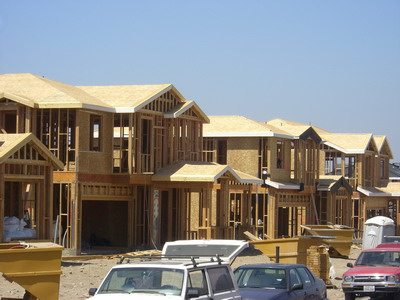
Tar and Gravel Roofing Composition
A very popular feature of contemporary homes and commercial buildings is the low slope roof (2:12). Because many roofing materials such as shingles are unsuited to such low slopes, tar and gravel roofing is a common original material used. Also known as “built-up roofs”, tar and gravel roofing consist of layers of asphalt and tar paper that are fastened to the roof surface with molten asphalt applications. The layers are laminated and then covered with gravel to hold them down and protect against UV degradation. Some of this gravel becomes embedded in the hot asphalt, and some remains loose on the roof surface floor. The life expectancy of tar and gravel roofs is approximately 10-20 years.
The Complexities of Tar and Gravel Roofing
Although tar and gravel roofs are durable, it is easy for leaks to develop. This is because tar and gravel roofing is especially sensitive to penetrations, and must be able to move around during climate change in a manner similar to membrane roofing. Usually, leaks occur around flashings, chimneys, eaves, or additional roof planes. Sometimes, wind blows away enough gravel to expose the surface to sun and cold, which can also lead to leaks. Older roofs experience blistering in the asphalt, and simple leak remedies usually indicate the need for tar and gravel roofing replacement. The problem is that tar and gravel roofing do not handle multiple layers very well, and walking on a tar and gravel roof for maintenance purposes harms it further. Generally, removal of the existing tar and gravel roofing is mandatory, and this is a complicated, costly process. It is here that Roof 101 can help – we provide experienced roofers in all areas of tar and gravel roofing applications, and in the vent of tar and gravel roofing replacement of repair, can offer affordable, lasting alternatives that can do the trick.





